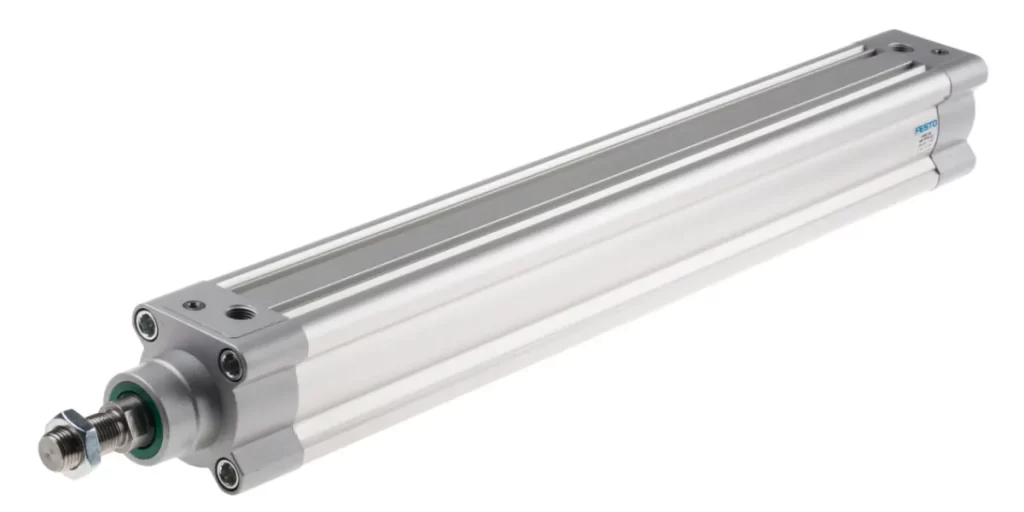In the world of automation and mechanical innovation, pneumatic cylinders stand out as essential components that deliver smooth, reliable, and efficient motion. These powerful devices transform compressed air into linear or rotary motion, supporting a wide range of industrial and manufacturing applications. By offering precision, speed, and durability, pneumatic cylinders play a key role in ensuring seamless operations across various systems.
Understanding the Role of Pneumatic Cylinders
A pneumatic symbols, also known as an air cylinder, is designed to convert the energy of compressed air into mechanical movement. This motion can be used to push, pull, lift, or rotate mechanical parts with precision and control. Their simplicity, combined with excellent performance, makes them a preferred choice in modern automation setups.
Core functions of pneumatic cylinders include:
- Generating Motion: Converts air pressure into linear or rotary motion.
- Controlling Force: Provides consistent pressure for stable operation.
- Supporting Automation: Enables repetitive and accurate movements.
- Enhancing Efficiency: Minimizes energy loss and mechanical wear.
These functions make pneumatic cylinders an ideal solution for tasks requiring dependable and controlled motion.

Types of Pneumatic Cylinders
To meet different industrial requirements, pneumatic cylinders are available in a variety of designs. Each type offers unique benefits tailored to specific applications and environments.
Common types include:
- Single-Acting Cylinders: Use air pressure in one direction and a spring return for the opposite movement.
- Double-Acting Cylinders: Utilize air pressure for both extending and retracting actions, providing greater control.
- Rotary Cylinders: Deliver rotational motion for specialized tasks.
- Compact Cylinders: Designed for limited spaces without sacrificing performance.
- Roadless Cylinders: Offer extended strokes while conserving space, ideal for precise automation setups.
Selecting the right cylinder type ensures maximum efficiency and reliability in operational systems.
Applications That Drive Performance
Pneumatic cylinders are used in a wide range of industries where motion control and precision are vital. Their versatility allows them to integrate seamlessly into various automation processes.
Typical applications include:
- Material Handling and Packaging Systems
- Automated Assembly Lines
- Machine Tools and Robotics
- Transportation and Braking Mechanisms
- Medical and Laboratory Equipment
In every application, pneumatic cylinders help achieve smooth operations, reduce downtime, and enhance overall productivity.
Advantages of Using Pneumatic Cylinders
The growing adoption of pneumatic cylinders reflects their reliability and efficiency in demanding environments.
Key advantages include:
- Durability: Built to withstand high-speed and continuous operations.
- Energy Efficiency: Uses compressed air for clean and economical power.
- Low Maintenance: Simple design ensures minimal upkeep and long service life.
- High Performance: Delivers precise control and consistent movement.
- Safety and Clean Operation: Operates without hazardous fluids, making it ideal for sensitive environments.
These benefits make pneumatic cylinders an indispensable part of modern automation technology.
Conclusion: Driving Reliability and Innovation
Reliable pneumatic cylinder applications continue to shape the future of industrial automation. By offering precise, efficient, and sustainable motion control, these systems ensure that operations run smoothly and safely. As industries embrace smarter technologies, pneumatic cylinders will remain a trusted foundation for achieving performance excellence and operational success.